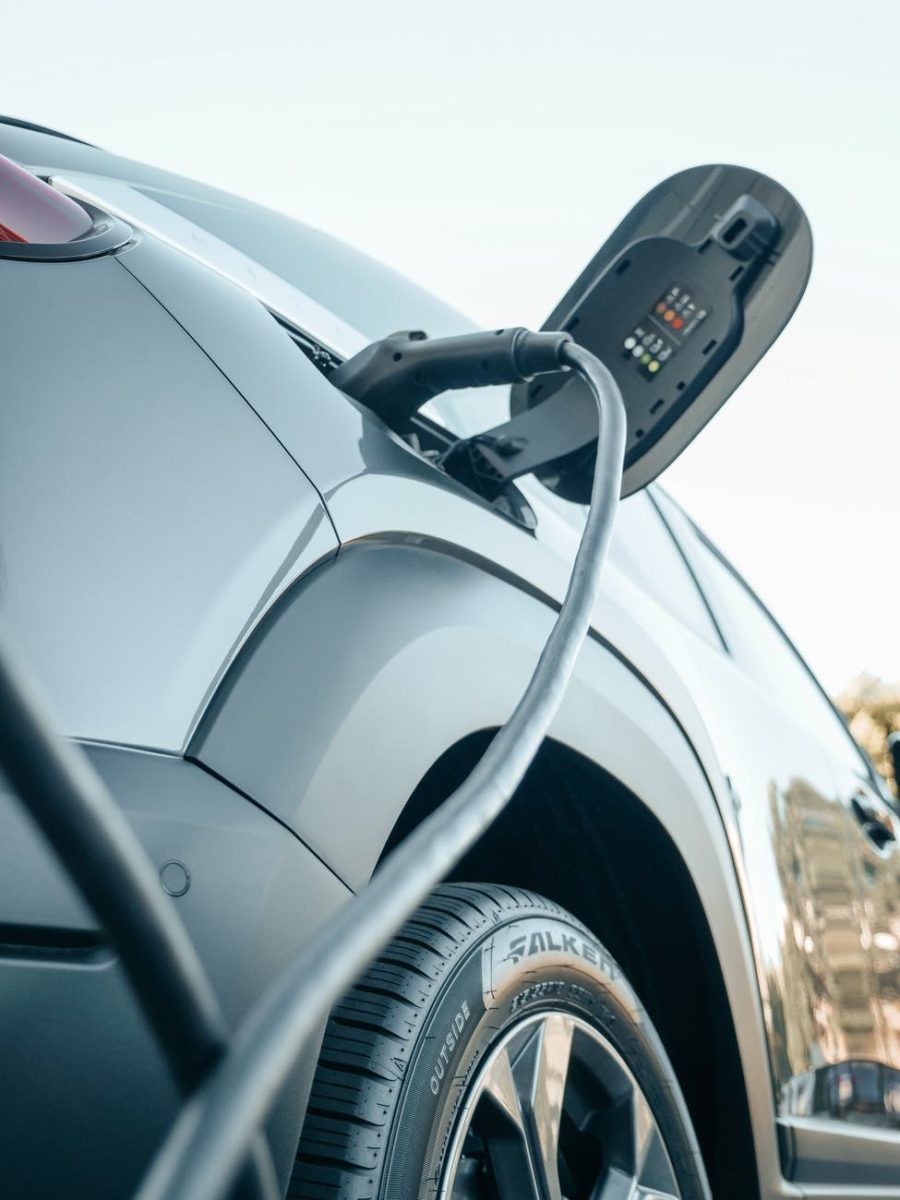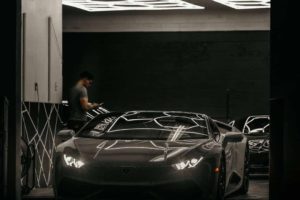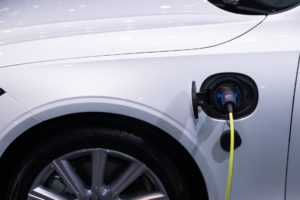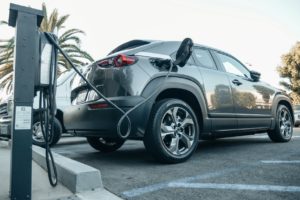New technologies routinely disrupt industries when they are introduced to the market. In the 1990s, the internet created widespread disruption and toppled corporate giants while giving startup companies an opportunity to jump into markets that had long been closed.
One of the prime examples of marketplace disruption happened when Sears department stores failed to modernize their catalog system and adopt the internet. In hindsight, Sears was Amazon. They had a catalog, distribution and an established customer base. Technology provided an opening and their competitors took their business.
What does this have to do with electric cars? New technology has entered the automobile market place and new ways of doing business have popped up. One of the biggest examples of this is Tesla’s decision to sell directly to consumers rather than utilizing dealerships.
Another big shift that EVs have created is the understanding of what consumers have decided is important to them when purchasing a car. People are purchasing electric cars with different expectations than they ever had for their combustion engine car and they are paying more for the privilege to do so.
Buying an EV – A new approach
Tesla is changing how people buy cars. We are all familiar with the circus of the modern car dealership. Showing up at a car dealership to shop for a car is a painful experience for many of people. The lack of privacy and the seeming necessity to provide your driver’s license, home phone number, an email address and your mother’s maiden name with the understanding that you’ll be getting phone calls and emails from now on creates an atmosphere that most people don’t really appreciate. Once you’ve decided you actually want to buy a specific car, things really start to go downhill. The negotiation process, the upselling and the need to “go run this past my manager” always seem to ruin the experience.
Tesla took all of that and threw it in the trash. They tell you what the price is and there is no negotiating a deal. This applies to selling your old car back to them.
When your Tesla is ready to pick up, you go to their delivery center and drive away. It’s a 5-10 minute process.
Ford has has numerous incidents with the sales of the Mustang Mach-E where customers have opted to purchase the vehicle only to find out that the dealership is marking the price up $5,000 or even $10,000 above MSRP. On top of that, you are back to dealing with a traditional car dealer that you probably never wanted to see again anyway.
What really brings this whole thing full circle is that car dealerships are lobbying in some states to outright ban the sale and service model that Tesla, Lucid and Rivian are favoring. This is not being done to protect consumers. This is purely a power play to protect their traditional dealership model. Imagine if Sears had approached saving their sinking ship by moving to ban online sales of products into your state. Instead of improving customer service, streamlining sales processes and becoming more friendly, car dealers are trying to prevent consumers from shopping in a different way.
New Breed, New Expectations
Prior to the introduction of the iPhone, consumers had vastly different expectations and requirements for their cell phones. Companies such as Motorola, Nokia and Blackberry ruled the market. Apple produced the iPhone and standardized the modern smartphone in 2007. This product shifted customer expectations by providing a different user experience that every other manufacturer had to learn to replicate or die. Nokia, Blackberry and many other cell phone makers still exist in some fashion, but they are a shadow of what they once were.
Tesla introduced the Model 3 in 2017 and accomplished a similar feat for electric cars that Apple had accomplished with the iPhone.
The Model 3 changed customer expectations for performance, range and price that no other manufacturer has been able to equal.
The giants of the automotive industry finally began to respond years later with entries such as the Porsche Taycan, Ford Mustang Mach-E and GMC Hummer. Each of these cars has its value proposition, but none of them truly match the Model 3 or more recently introduced Model Y.
Tesla started the process of shifting expectations when they introduced the Model S Performance in 2013. This car brought performance levels that were previously accessible to consumers only through the purchase of supercars with nose bleed prices and the reliability of a politician. Tesla also provided consumers with a battery range that other manufacturers are only just now claiming to be able to match or exceed.
Some Examples
The Porsche Taycan was first introduced in 2019 and provided car buyers with a realistic alternative to Tesla’s offerings. The car is more equally pitted against the likes of Tesla’s Model S as the price point of the Taycan starts at well over $80,000 and higher-end models can reach nearly $200,000. The Taycan is an attractive car and provides an amazing driving experience but the performance comes with a cost. The entry-level Taycan states a 0-60 time of 5.1 seconds and a range of 225mph. For comparison, a Tesla Model 3 Long Range (the current entry model) will set you back $56,000 and provide you with a 0-60 of 4.1 and 335 miles of range. The higher-end Taycan will get run you about $185,000 and give you 200 miles of range with a 0-60 of 2.6 seconds. To truly compare apples to apples, the Model S Plaid will give you a 348-mile range and a 0-60 of 2.1 seconds.
The closest true match to Tesla’s offerings comes from Ford with the Mach-E. The price point for the Mach E is very attractive with the Select model starting around $44,000 and the GT editions running around $62,000. Yes, the Ford offerings are competitive, no they don’t match Tesla across the board in terms of range and performance. Ford has another major issue that potential buyers may be unaware of. As of April 2022, you can’t buy one from Ford. You might be able to find one at a dealer, but you can expect to pay a premium well above the window sticker for the privilege.
Ford states on their website that all models of the current year are sold out.
Prior to this, most dealers were already adding anywhere from $5,000 to $10,000 to the asking price.
Lexus recently announced their first entry into the EV market in the form of the RZ 450e. I’ve been a huge fan of Lexus reliability and comfort for years, but I was stunned at their seeming lack of awareness as to what customers would expect the car to do.
Conclusion
Tesla isn’t the only game in town and I’m not just talking about the big boys such as Ford, GM and Porsche. Other manufacturers like Lucid and Rivian are beginning to ship cars. The new guys have found a new formula that Tesla has already proved works. These companies are vertically integrated, meaning they build most, if not all, of their products in-house. The new guys are all selling direct to consumers and eliminate the irritation of dealing with old-fashioned car dealers.
The new guys are bringing unmatched and unprecedented performance and features to users.
Does every EV need to provide users with dragstrip-like performance? Maybe not, but consumers have proven with their cell phones they expect the fastest performance when they buy a new model.
Does every EV need to have 300 miles of range? This one is probably less debatable than the performance metric. Just like consumers expect their phones to last all day, they expect their cars to go everywhere they want to go without the anxiety of running out of juice.
If legacy car manufacturers ignore fail to meet Tesla, Lucid and every other new EV manufacturer in this new arena, they will fail. I hope that doesn’t happen. Competition is a beautiful thing and just about every major car manufacturer has historically had something unique to offer. Let’s hope they figure this out before they become the next Sears, Blockbuster or Nokia.
C9
References
https://www.porsche.com/usa/models/taycan/taycan-models/
https://www.tesla.com/model3
https://www.ford.com/suvs/mach-e/?gnav=vhpnav-overiew





